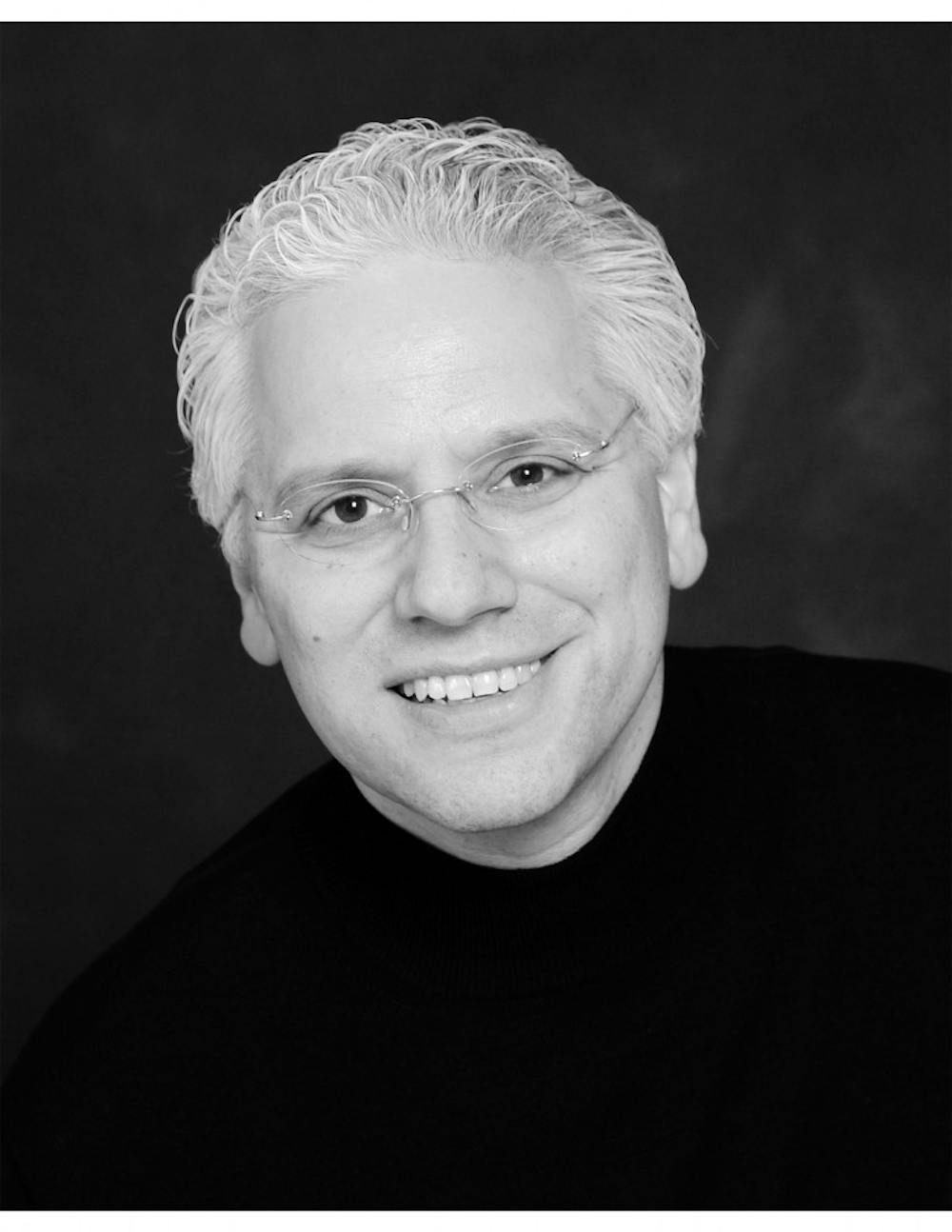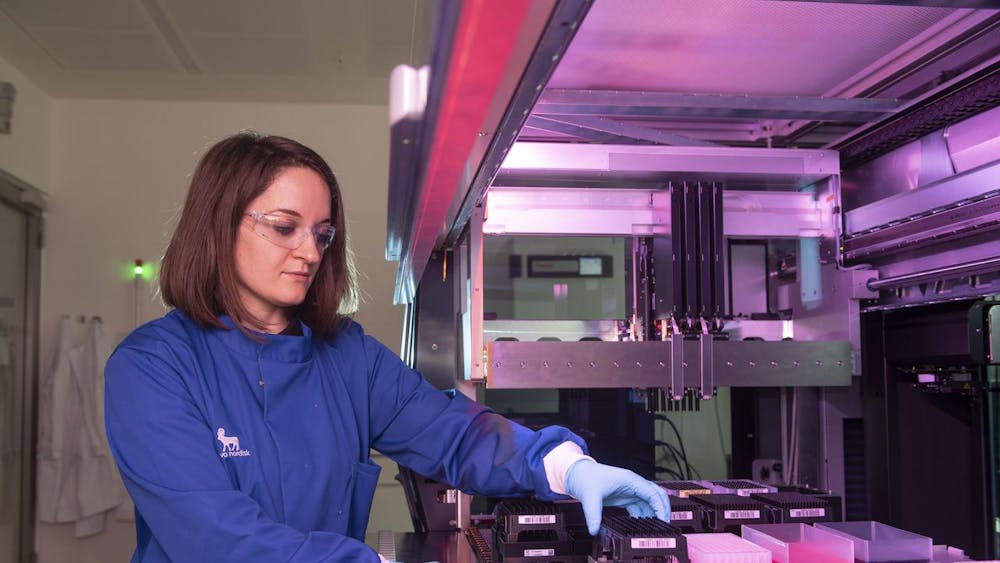The walls of most professors’ offices tend to be graced with artistic paintings or portraits of respected figures in their fields. The walls of IU chemistry professor Richard DiMarchi’s office, though, are lined with images of molecules. To IU’s department chair of biochemical sciences and former Eli Lilly and Company vice president, this is art.\n“If you could see my own artwork,” DiMarchi chuckled, “you’d know why I didn’t pursue a career in the arts. I’ve always had an innate ability in math and sciences, and one has the tendency to do what he knows best.” \nMedical patients around the world can be thankful that DiMarchi has stuck with his abilities. Before coming to teach and research at IU in 2003, he spent 22 years at Eli Lilly, a global leader in drug development. He is perhaps best known for developing Humalog, an rDNA-derived synthetic insulin used for helping diabetes patients.\nThe results of discoveries such as Humalog drives him in his research, he said.\n“If we did not have this technology (Humalog), we’d be rationing insulin in order to meet the global needs,” he said. “The psychological income of knowing the impact of something you discovered is enormous.”\nThis passion for his work is what IU research associate and DiMarchi research team member Vasily Gelfanov said makes DiMarchi such a great research partner for him and a perfect mentor for students.\n“DiMarchi is a true and enthusiastic scientist,” Vasily said. “His science talent and graceful management style make everybody’s work more interesting and efficient.”\nJay Levy, another chemistry research associate, expanded on Vasily’s comments about DiMarchi’s \ngraceful personality.\n“He’s just a down-to-earth guy. He acts the same around undergrads as he does with Mitch Daniels,” Levy laughed. “And yes, he knows \nMitch Daniels.”\nDiMarchi said the corporate world of scientific research differs slightly from academia in that corporations are focused on applying knowledge to generate a financial return, while university research is primarily focused on identifying “new knowledge simply for the sake of having that information.”\nDiMarchi pointed out, though, that both a corporation and academia share one primary goal.\n“The core mission of both sides is the discovery of new knowledge,” he said.\nDiMarchi said the most exciting part about this field is the potential impact of discovering this knowledge.\n“Your goal as a scientist is to find the secrets of life so you might be able to apply that knowledge to find cures for diseases like cancer, diabetes and Alzheimer’s,” he said. “If you can’t get excited about doing that, I have to wonder what it is that excites you.”\nDiMarchi does everything he can to share this passion and excitement with those he mentors.\n“Despite his schedule, he makes himself as accessible as he can,” Gelfanov said. “Everyone knows that his door is always open.”\nBesides leading research in biomolecular sciences at IU and teaching chemistry courses and labs, DiMarchi is also board chairman and a co-founder of Ambrx Inc. and is a scientific advisor for a number of pharmaceutical companies. On top of this, he serves as a general partner of a biotechnology-focused company called Twilight Venture Partners. \nGelfanov recalled that when DiMarchi came to IU in 2003, he said he was now working “half-time,” 7 a.m. to 7 p.m.\n“Those are his hours,” Gelfanov joked. “That’s his half-time for you.”\nWhen asked if he would be slowing down toward retirement anytime soon, DiMarchi chuckled and smiled.\n“This is something I can’t retire from,” he said. “Because this is not work for me. We design; we build molecules. This is not work. This is my hobby. This is art.”
Remedy through research
IU professor created synthetic insulin for diabetics; calls work ‘art’

Get stories like this in your inbox
Subscribe





